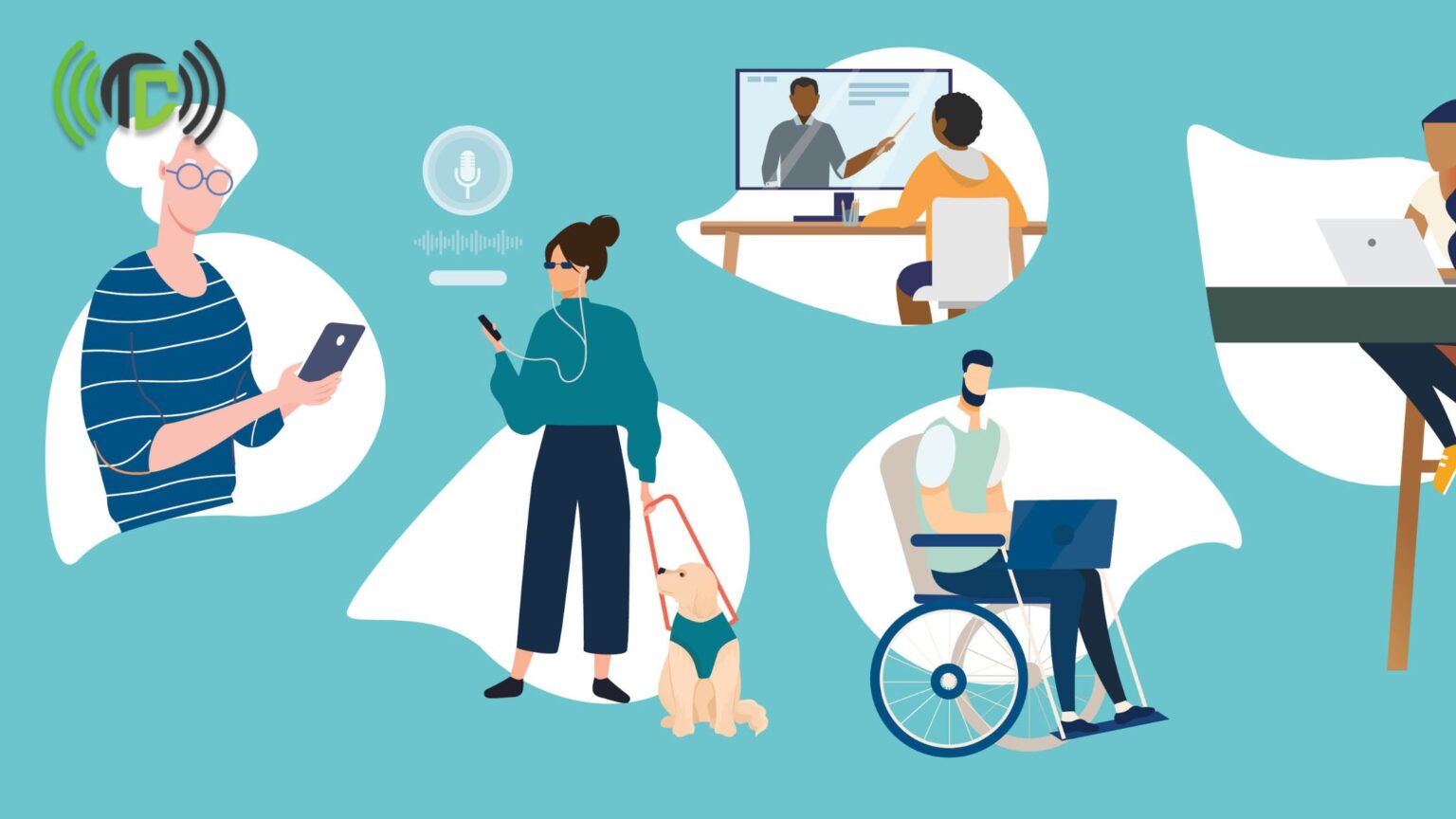
Introduction:
In today’s digital age, broadband internet access has become a fundamental necessity for participation in education, employment, healthcare, and civic engagement. However, the digital divide persists, disproportionately affecting low-income communities. Recognizing this disparity, the Federal Communications Commission (FCC) has been at the forefront of efforts to make broadband more affordable and accessible for all Americans. In this blog post, we will explore the FCC’s initiatives aimed at digital inclusion and the benefits they bring to low-income communities.
The Digital Divide and Its Consequences:
The digital divide refers to the gap in access to reliable and high-speed internet services between different demographic groups or geographic areas. Low-income communities often lack affordable broadband options, limiting their access to essential online resources. This divide can have far-reaching consequences:
Educational Inequity: Students without reliable internet access may struggle with remote learning, falling behind their peers.
Limited Job Opportunities: Access to online job opportunities and remote work is restricted for those without broadband.
Healthcare Disparities: Telemedicine services become inaccessible, affecting healthcare access for vulnerable populations.
Social and Civic Isolation: Limited internet access can lead to social isolation and hinder participation in civic activities and government services.
The FCC’s Initiatives for Digital Inclusion:
The FCC has taken several important steps to address digital inclusion and make broadband more affordable for low-income communities:
Affordable Connectivity Program (formerly known as Lifeline): The FCC’s Affordable Connectivity Program provides a monthly subsidy to eligible low-income households, helping them afford broadband services. This program extends beyond phone services to include internet access, ensuring that more people can participate in the digital world.
E-Rate Program: The E-Rate program subsidizes broadband connectivity for schools and libraries, particularly those in underserved areas. This initiative ensures that students have access to online educational resources and communities can benefit from digital literacy programs.
Rural Broadband Expansion: The FCC has been working to expand broadband infrastructure in rural and underserved areas through various initiatives and funding programs. This helps bridge the urban-rural digital divide and brings broadband to communities that need it most.
Benefits for Low-Income Communities:
The FCC’s efforts in digital inclusion yield numerous benefits for low-income communities:
Access to Education: Affordable broadband allows students to access online resources, complete assignments, and stay connected with teachers, reducing educational disparities.
Job Opportunities: Access to online job searches and remote work opportunities opens up new career possibilities for residents.
Improved Healthcare Access: Telemedicine becomes more accessible, allowing individuals to consult with healthcare providers from the comfort of their homes.
Community Engagement: Broadband access enhances participation in civic activities, connecting residents with local government services and community resources.
Conclusion:
The FCC’s commitment to digital inclusion and affordable broadband access for low-income communities is a significant step toward a more equitable and connected society. By reducing the digital divide, these initiatives empower individuals and communities with the tools they need to thrive in the digital age. As we continue to rely on digital resources for education, work, and healthcare, these efforts become even more crucial in ensuring that no one is left behind.
